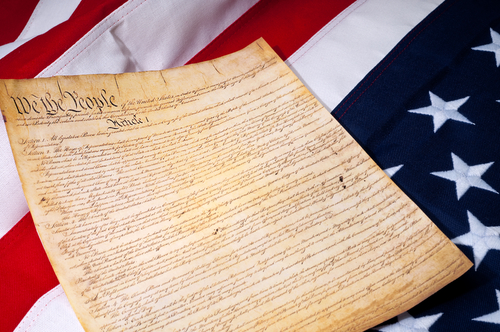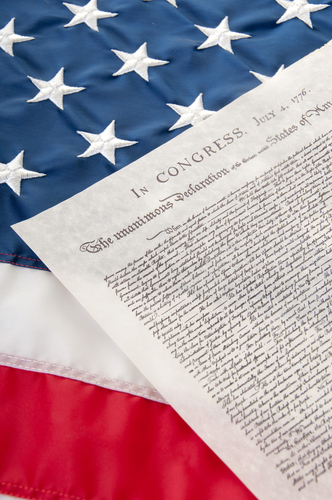The United States Constitution is a living document that has been amended 27 times since it was first ratified in 1788. Amendments are added to address issues and controversies that arise over time. Each amendment has a specific purpose, and understanding their significance is essential to grasping the protections and liberties granted by the Constitution. Here is a guide to the additional amendments to the United States Constitution:
11th Amendment – The Eleventh Amendment was added in 1795 in response to a Supreme Court ruling that allowed citizens of one state to sue another state in federal court. The amendment limits the ability of individuals to sue states in federal court, protecting states’ sovereignty.
12th Amendment – The Twelfth Amendment was added in 1804 to revise the procedures for electing the President and Vice President. It established separate ballots for President and Vice President, and required that electors cast distinct votes for each office.
13th Amendment – The Thirteenth Amendment was added in 1865 and abolished slavery and involuntary servitude in the United States.
14th Amendment – The Fourteenth Amendment was added in 1868 and provided citizenship to all persons born or naturalized in the United States. It also ensured that every person would have equal protection under the law, regardless of race, and prohibited former Confederate officials from holding public office.
15th Amendment – The Fifteenth Amendment was added in 1870 and prohibited the denial of the right to vote based on race, color, or previous condition of servitude.
16th Amendment – The Sixteenth Amendment was added in 1913 and allowed Congress to pass an income tax to support the government.
17th Amendment – The Seventeenth Amendment was added in 1913 and established the direct election of senators by the people, rather than being selected by state legislatures.
18th Amendment – The Eighteenth Amendment was added in 1919 and prohibited the manufacture, transportation, and sale of alcohol. It was later repealed by the Twenty-first Amendment.
19th Amendment – The Nineteenth Amendment was added in 1920 and granted women the right to vote.
20th Amendment – The Twentieth Amendment was added in 1933 and established the beginning and ending dates for the terms of the President and Congress. It also established procedures for a presidential successor in the event of Presidential disability.
21st Amendment – The Twenty-first Amendment was added in 1933 and repealed the Eighteenth Amendment, ending prohibition.
22nd Amendment – The Twenty-second Amendment was added in 1951 and limited the President’s term of office to two terms, or a maximum of ten years.
23rd Amendment – The Twenty-third Amendment was added in 1961 and provided for citizens of Washington, D.C. to vote in Presidential elections.
24th Amendment – The Twenty-fourth Amendment was added in 1964 and prohibited poll taxes in federal elections.
25th Amendment – The Twenty-fifth Amendment was added in 1967 and established procedures for Presidential succession and created the office of the Vice President, as well as the mechanism for the Vice President to assume the Presidency in the event of Presidential disability.
26th Amendment – The Twenty-sixth Amendment was added in 1971 and lowered the voting age from 21 to 18.
27th Amendment – The Twenty-seventh Amendment was added in 1992 and regulates congressional pay, restraining congressional salary increases.
Conclusion
The additions to the United States Constitution are crucial parts of American history, and having knowledge of them is essential for an engaged citizen. The amendments to the Constitution reflect the changing needs and social values of society over time and played a significant role in shaping the United States into the country it is today. Understanding the Amendments also ensures that people can protect their fundamental rights and hold the government accountable when necessary.


























